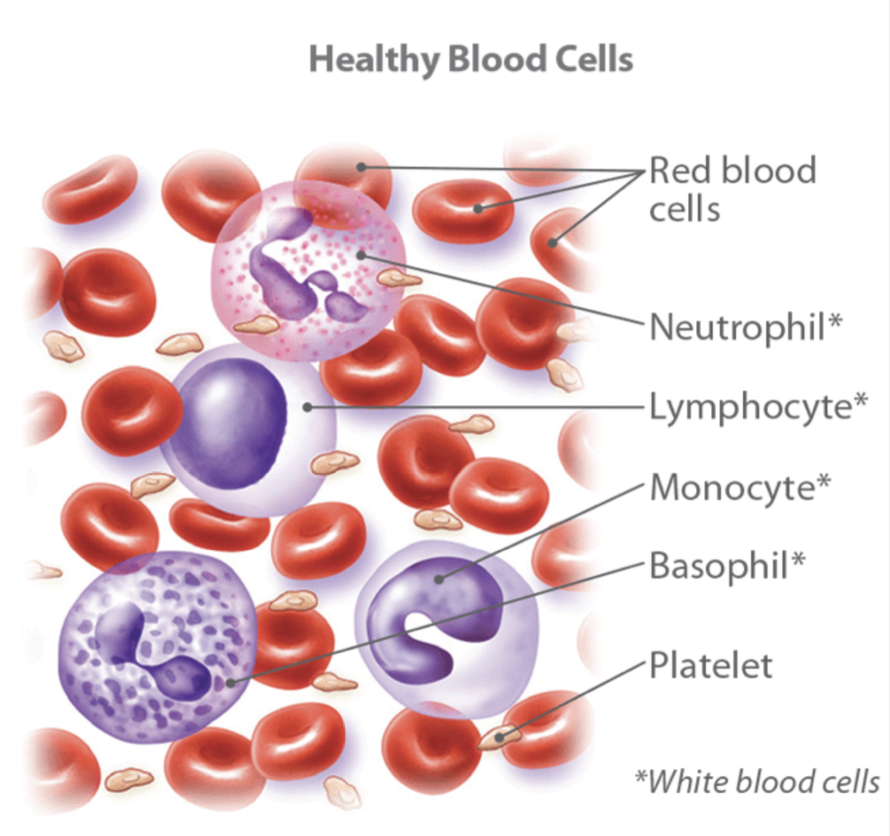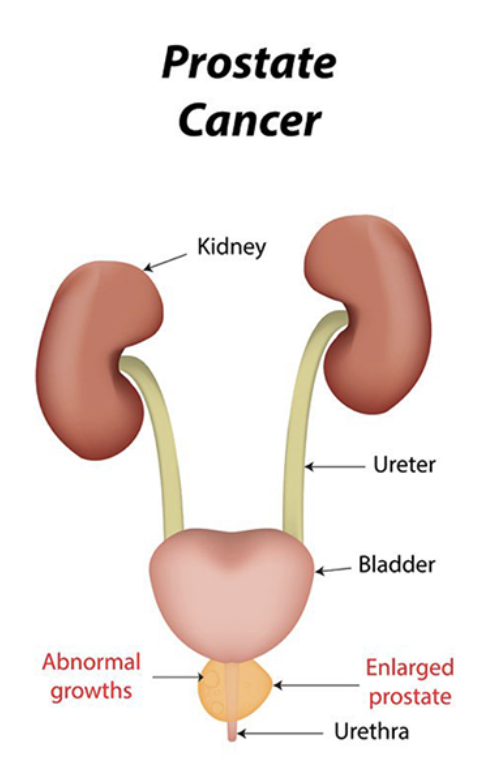DDT 2
1/11
There's no tags or description
Looks like no tags are added yet.
Name | Mastery | Learn | Test | Matching | Spaced |
|---|
No study sessions yet.
12 Terms
Describe the process of oncogenesis and the associated development of tumours.
Transformation of normal cells into cancer cells is oncogenesis
Multi-step process, changes in the expression of many genes. Commonly mutated genes include both tumuour suppressors and oncogenes (genes that promote cancer once mutated)
conventional oncogenesis modle
Aging primarily contributes to increased cancers by facilitating the accumulation of oncogenic mutations (red cells), including activating mutations in oncogenes or genetic/epigenetic inactivation of tumor suppressor genes.
older we age = higher risk of cancer

adaptive oncogenesis modle
The ability of an oncogene to induce cancer is context specific.
In a healthy population, the ability of cells to effectively compete for niche space is high due to optimal progenitor cell fitness. Thus, this competition is inherently tumor suppressive.
but, if cellular fitness decreases as a result of aging or environmental insults, the acquisition of an oncogenic mutation could be adaptive due to its ability to correct or circumvent defective cellular function.
In this context, these cells would be selected for leading to carcinogenesis (oncogenically mutated and cancer cells are shown in red).

Explain metastasis.
Metastasis
Tumour cells are transported through the circulatory system
Cancer tends to migrate to particular locations within the body including the bone, liver, brain, lungs and lymph nodes, where they may form secondary/tertiary tumours
Most people who die of cancer die of metastatic disease. Prognosis declines significantly the greater the spread of the metastasis
Explain malignancy
in cancer cells, mutations have removed these controls and allows for the cells to continually grow out of control
– They may not detect neighbouring cells
– They may produce their own growth hormones to stimulate cell division
– They may not produce tumour suppressor proteins
– They ignore normal apoptotic processes

Explain the process of angiogenesis
Cancers often secrete signaling factors (e.g. VEGF) to induce nearby blood vessels to grow towards them to continue supplying oxygen and nutrients. This process is known asangiogenesis and can be inhibited with anti-angiogenic therapy to try and limit blood supply to the tumuor
An overview of various types of cancer (breast)
BREAST CANCER
The most common type of breast cancer is ductal carcinoma, which begins in the cells of the ducts. Can also form within the milk-producing cells of the lobules
Frequently detected at an early in-situ stage, at which point it is highly treatable. Later stages have decreased prognosis
About 12% of women in the general population will develop breast cancer sometime during their lives
Increased risk in females with mutations in tumour suppressor proteins
BRCA1 and BRCA2Breast cancer growth is often driven by estrogen, hence targeting the estrogen signaling pathway is a common treatment strategy
TESTS TO DIAGNOSE BREAST CANCER.
Physical exam and history: An exam of the body to check general signs of health, including checking for signs of disease, such as lumps or anything else that seems unusual. A history of the patient’s health habits and past illnesses and treatments will also be taken.
Clinical breast exam (CBE): An exam of the breast by a doctor or other health professional. The doctor will carefully feel the breasts and under the arms for lumps or anything else that seems unusual.
Biopsy : The removal of cells or tissues so they can be viewed under a microscope by a pathologist to check for signs of cancer. If a lump in the breast is found, the doctor may need to remove a small piece of the lump.
Ultrasound
MRI (magnetic resonance imaging
Blood chemistry studies
Mammogram : An x-ray of the breast.
An overview of various types of cancer (SKIN)
SKIN CANCER
Usually keratinocyte or melanocyte based tumours
Often divided into melanoma and non- melonoma
Nevus: a benign tumour of melanocytes, often called a mole
Melanoma: malignant tumour of melanocytes
Clinicians must diagnosis between a benign nevus (common mole)and a melanoma
basal cell carcinoma
• Accounts for approximately 75% of all skin cancers. This highly treatable cancer starts in the basal cell layer of the epidermis (the top layer of skin) and grows very slowly. Basal cell carcinoma usually appears as a small, shiny bump or nodule on the skin - mainly those areas exposed to the sun, such as the head, neck, arms, hands, and face. It commonly occurs among persons with light-colored eyes, hair, and complexion.
squamous cell carcinoma
Accounts for about 20% of all skin cancer cases. Although more aggressive than basal cell carcinoma, this cancer is highly treatable. Squamous cell carcinoma, may appear as nodules or red, scaly patches of skin, and may be found on the face, ears, lips, and mouth. Squamous cell carcinoma can spread to other parts of the body. This type of skin cancer is usually found in fair-skinned people.
squamous cell carcinoma
malignant melanoma
Although less common, this type of skin cancer is the most deadly, accounting for approximately 79% of all skin cancer deaths. Malignant melanoma starts in the cells that produce pigment in the skin. Malignant melanoma usually begins as a mole that then turns cancerous. This cancer may spread quickly. Malignant melanoma most often appears on fair-skinned men and women, but persons with all skin types may be affected.
An overview of various types of cancer (LUNG)
LUNG CANCER
#1 cause of cancer deaths worldwide
Cigarette smoking is the leading risk factor (85 – 90% of patients are current or former smokers)
Lung cancers can arise in any part of the lung, but 90% to 95% of cancers of the lung are thought to arise from the epithelial cells, the cells lining the larger and smaller airways (bronchi and bronchioles), for this reason, lung cancers are sometimes called bronchogenic carcinomas.
Cancers also can arise from the pleura (called mesotheliomas) or rarely from supporting tissues within the lungs, for example, the blood vessels
An overview of various types of cancer (BLOOD)
BLOOD CANCER
Three main types of blood cancers:
Leukemia, a type of cancer found in your blood and bone marrow, is caused by the rapid production of abnormal white blood cells. The high number of abnormal white blood cells are not able to fight infection, and they impair the ability of the bone marrow to produce red blood cells and platelets.
Lymphoma is a type of blood cancer that affects the lymphatic system, which removes excess fluids from your body and produces immune cells. Lymphocytes are a type of white blood cell that fight infection. Abnormal lymphocytes become lymphoma cells, which multiply and collect in your lymph nodes and other tissues. Over time, these cancerous cells impair your immune system.
Myeloma is a type of blood cancer that specifically targets your plasma cells. Plasma cells are white blood cells that produce disease- and infection-fighting antibodies in your body (B-lymphocytes). Myeloma cells prevent the normal production of antibodies, leaving your body’s immune system weakened and susceptible to infection.

An overview of various types of cancer (PROSTATE)
PROSTATE CANCER
Most common malignant tumour in men over 65 years
At age 50 to 65, 15-20% have histological evidence rising to 50% at age 80
Most of these are tiny and may have remained latent for many years
Often metastasises to pelvic bone via lymphatic's and blood supply
Risk factors:
- Age: rare <40, 29% 6th decade, 67% 9th decade o Hereditary: Risk doubled with 1st degree relative
and x4 if 2 FDR
- Race: lower incidence of clinically evident disease
in Japan and China
- Diet: High saturated fat increased risk

Describe various causes of cancer; viral, genetic, mutagen, and physical.
If cancer cells divide every month, it would be 2.5 years before one cancer cell grows into a small grape-sized tumor.
Therefore, a person has usually had cancer for several years before it is detected and/or causes side effects.
Novel markers for earlier cancer detection are being continuously researched.
Multiple genetic changes required for full development of cancer – can take several years to accumulate
Often results in gradual changes to the cells structure, shape and biological behaviour
Often undergoes changes including hyperplasia (increased cell growth) and dysplasia (disorderly growth)
Development of a small localised tumour called "carcinoma in situ" can then develop. Although not usually dangerous, these in-situ tumours can progress to malignant, aggressive tumours